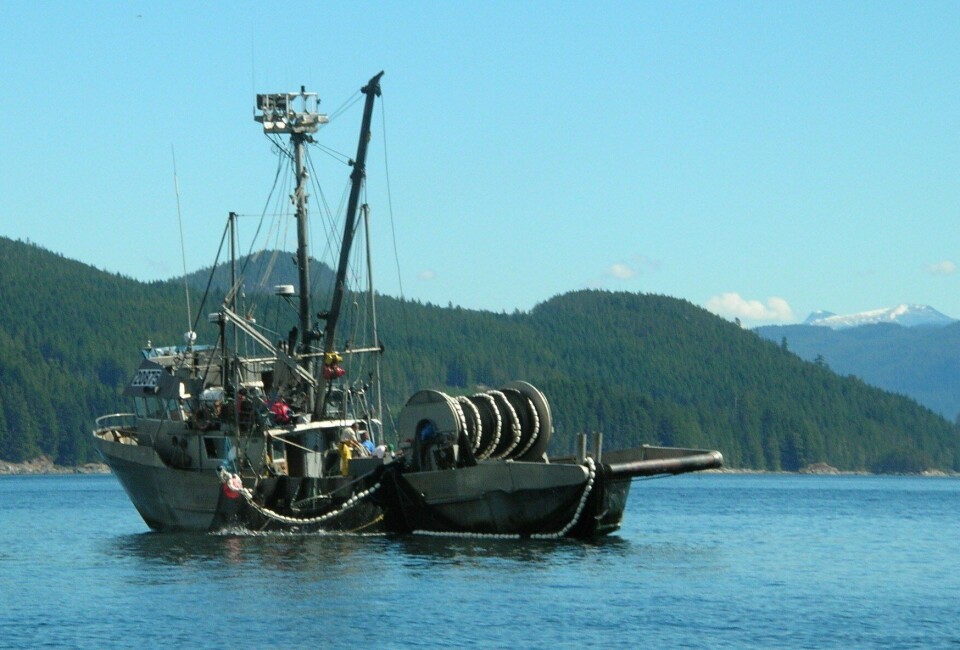
New FAO fishing report says “Aquaculture is thriving”
The report deals with information from 2012, but the described trends have likely continued in a similar fashion since then; Commercial catches of wild fish has stagnated, while aquaculture production is growing. And as these highlights provided by Deutsche Welle describe, China is the main player in both segments of the seafood industry, but the country is also accused of uncontrolled overfishing;
Never-ending growth?
The Food and Agriculture Organization (FAO) has released its latest biennial report "The State of World Fisheries and Aquaculture", analyzing global fishing industry data. The report finds that world per capita fish consumption is now at its highest level ever. On average humans each consumed 19.2 kilograms (43.22 pounds) of fish in 2012, up from 9.9 kilograms per year in the 1960s.
Important food source
Fish is an important source of protein in the human diet. A 150 gram portion of fish can provide up to 60 percent of an adult's daily protein requirements. In densely-populated countries where total protein intake levels may be low, fish is an especially useful nutrition source.
Tuna fishing booming
Catches of tuna and tuna-like species measured some 7 million metric tons in 2012, according to the FAO report. However, as a result of overfishing, some species such as the southern bluefin tuna have come dangerously close to the point of extinction. Shrimp also gained in popularity with consumers in 2012, with consumption rates now at their highest level ever.
Aquaculture thriving
Also known as aquafarming, aquaculture is the rearing of aquatic organisms such as fish, crustaceans or aquatic plants. It involves cultivating freshwater or saltwater populations under controlled conditions on land or in the sea, rather than harvesting the animals in the wild. The industry is now worth US$144.4 billion (€105.06 billion) a year worldwide.
China: the world leader
China is responsible for most of the growth in fish consumption around the world, due to the major expansion of its fishing industry, especially via the use of aquaculture. The country farmed some 43.5 million metric tons of fish and 13.5 million metric tons of aquatic algae in 2012. The trend is likely to continue: Chinese fish consumption rates are going up domestically, too.
New players, new technology
While China is the world leader in aquaculture, countries such as Chile and Egypt have now become major fish producers, often using new techniques. Brazil is also increasing its aquaculture output. Land-based aquaculture farms have another benefit: if set up correctly they can be used to grow vegetables or fruit at the same time, via a process called aquaponics.
Overfishing still a problem
Overfishing occurs when more fish are caught than the population can replace through natural reproduction. One of the countries worst affected is Thailand. Media reports also say that overfishing is causing fish stocks to dwindle in the East China Sea. Critics say that controls on the net sizes and fishing techniques being used by Chinese fishers are almost non-existent.






















































